How to clean a cast iron skillet
Industry experts reveal how to clean a cast iron skillet or pan like a pro – including how to restore the surface and reseason it – to take your cooking to the next level
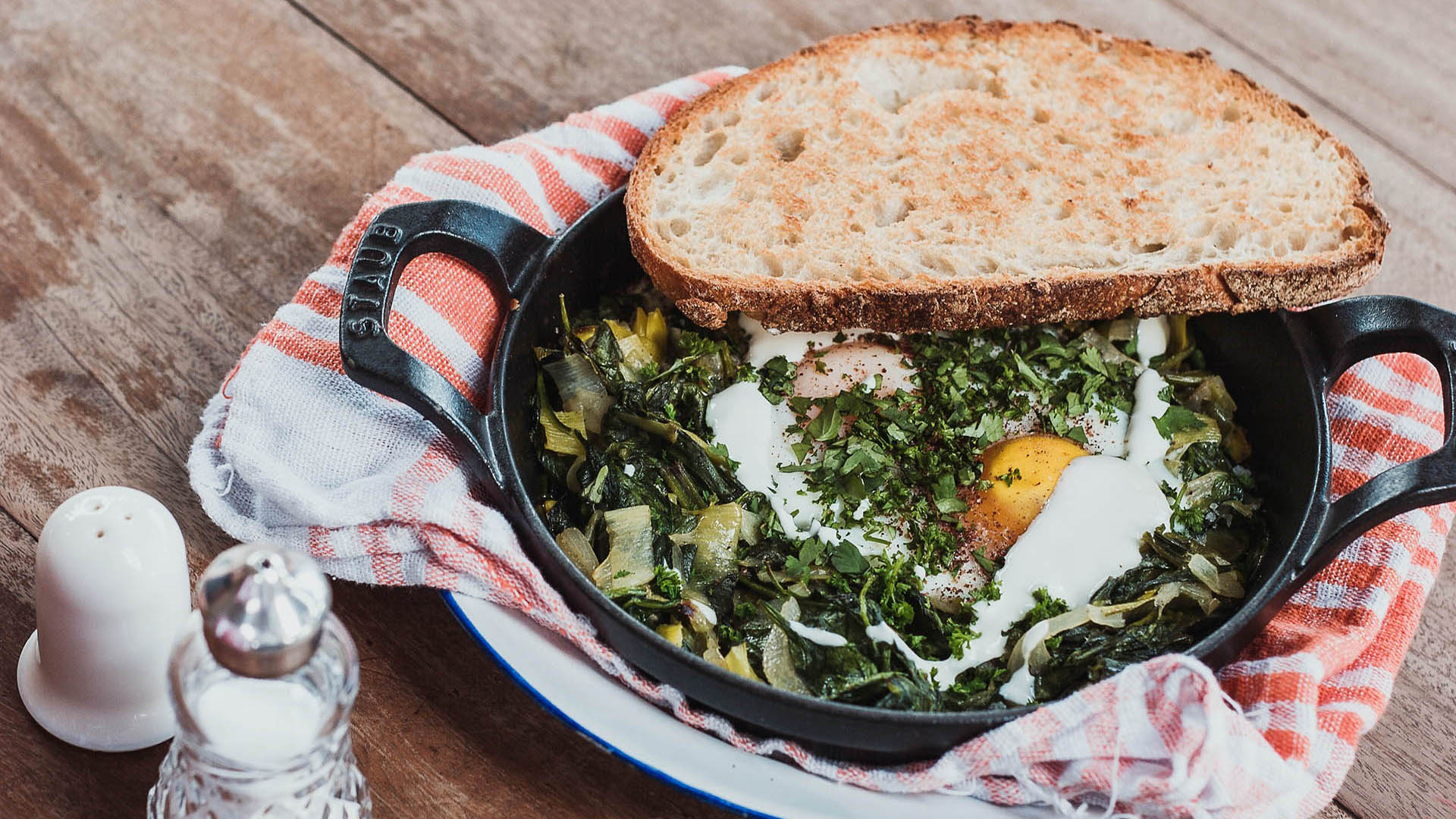

Knowing how to clean a cast iron skillet the right way will help to ensure this essential cook’s companion lasts for many years to come. Indeed, skillets are often passed down from one generation to the next, bearing testament to their durability and performance.
This advice will also work for cleaning cast iron, especially pans with an exposed surface, and can be completed as part of your regular kitchen cleaning routine.
A cast iron skillet is a versatile pan that can be used for cooking everything from pancakes and omelettes to meat and vegetables. 'Cast iron skillets and pans are excellent for cooking as they heat food evenly whether on the stove or in the oven. If you buy a good quality one and look after it well, it can last you for life,' says James Devonshire, head of the Cookery School at Daylesford.
As long as your skillet is properly seasoned – using oil and heat – it will be the ideal non-stick cooking surface and seal food beautifully. However, while it is desirable to build up the pan's seasoning over time, over-zealous cleaning can easily strip it.
‘If you want amazing flavors for your steaks and roasted vegetables, take a “less is more” approach when cleaning a cast iron skillet,’ says James Robinson, Judge and Stellar product manager at Horwood, a heritage kitchenware specialist. ‘This will allow for residual flavors to build and give a desirable seasoned, chargrilled flavor.’
What is the easiest way to clean a cast iron skillet?
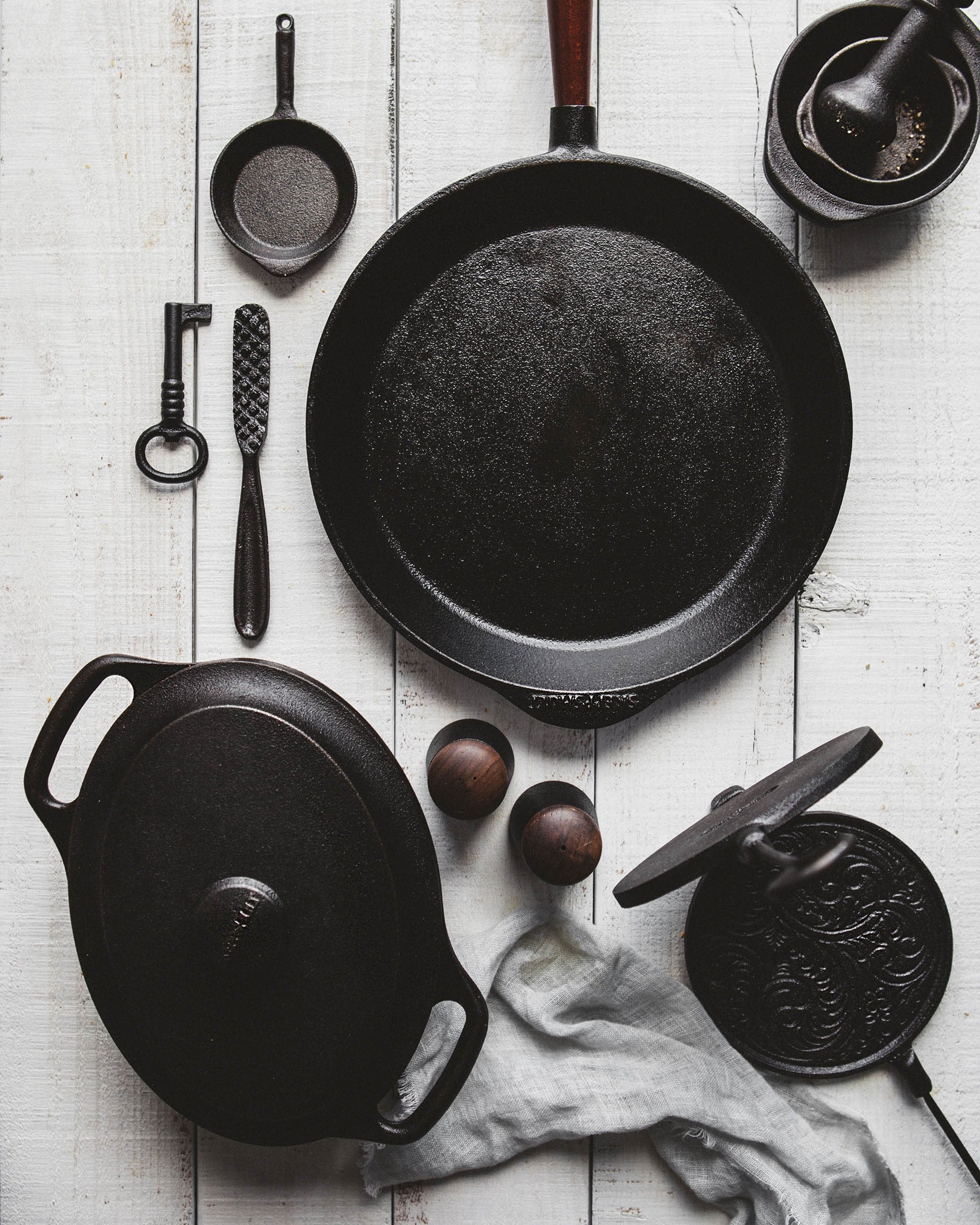
There are differing opinions on how to clean a cast iron skillet, which can leave you feeling confused.
Some chefs even swear it’s best never to 'clean' them at all. 'Rather than washing, I recommend you wipe out any residue, rinse with hot water, dry with a soft cloth and oil it,' says Daylesford's Devonshire. 'The only time you can use washing up liquid is before first use or before seasoning.'
‘Soap can dry out the iron; you want to keep the moisture of the oil in the iron because that’s what makes it naturally non-stick,’ adds Viola Torneport, store and online manager at Swedish cast iron cookware expert Skeppshults.
However, Paul Bough, resident chef at renowned French cast iron cookware brand Staub, believes washing the skillet in a bowl of hot, soapy water won’t do any harm – although it’s best not to overdo the soap unless you plan on reseasoning.
‘For stubborn food that is baked on, soak the cast iron skillet once it has cooled, then wash with soapy water before rinsing,’ he says. ‘Don’t use a scouring pad or metal scrapers to clean your cast iron skillet, though, as these can be too harsh. Instead, use a soft sponge or cloth.’
One thing all the experts agree on, is to never wash a cast iron skillet in the dishwasher, as it will strip the surface seasoning.
You also need to be careful not to immerse a hot pan into cold water. ‘Never shock cast iron by taking it from a hot temperature to cold,’ says Bough. ‘And don't take it from cold to hot too quickly, either – always heat cast iron slowly at first.’
After rinsing, wipe the skillet with a towel and then dry it on a low heat on the stove. ‘Never leave a cast iron skillet to air dry as the water will dry out the iron,’ says Torneport.
‘To avoid any rusting, and ensure your cast iron skillet is always ready for action, you can regularly coat-brush it with vegetable oil,’ adds Robinson.
How do you deep clean a cast iron skillet?
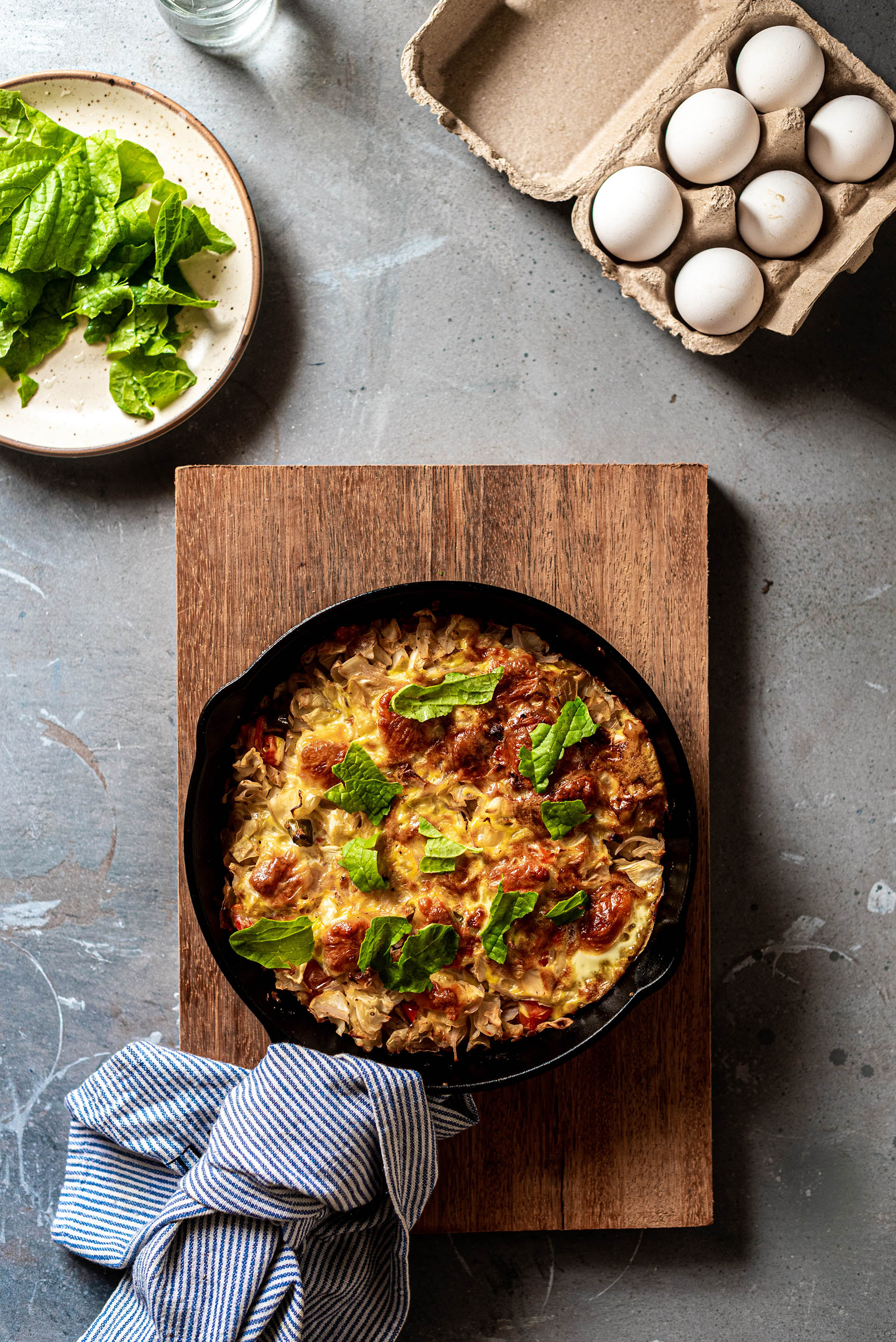
You should deep clean a cast iron skillet when food has become badly burned on the surface. ‘Soak in hot, soapy water and use a plastic brush to scrub thoroughly, then dry thoroughly,’ says Horwood's Robinson. ‘Reseasoning is then essential.’
When soaking, check on the skillet regularly and do not leave immersed in water overnight.
‘If soaking hasn’t worked, then simmer gently with bicarbonate of soda dissolved in warm water,’ adds Staub's Bough. ‘Once cooled, rinse and wash with soapy water.’
When scrubbing your skillet, be careful of damaging the sink or worksurface underneath – place on top of an old towel to avoid scratching.
How to clean a cast iron skillet with salt
Many home cooks will clean a cast iron skillet with salt, as it acts as a gentle abrasive. Simply sprinkle on coarse salt while the pan is still warm and use a damp sponge, kitchen towel, or even the cut side of a potato, to clean it the surface.
Once the pan is clean, empty out the salt, rinse, dry and apply oil.
How to clean a rusty cast iron skillet
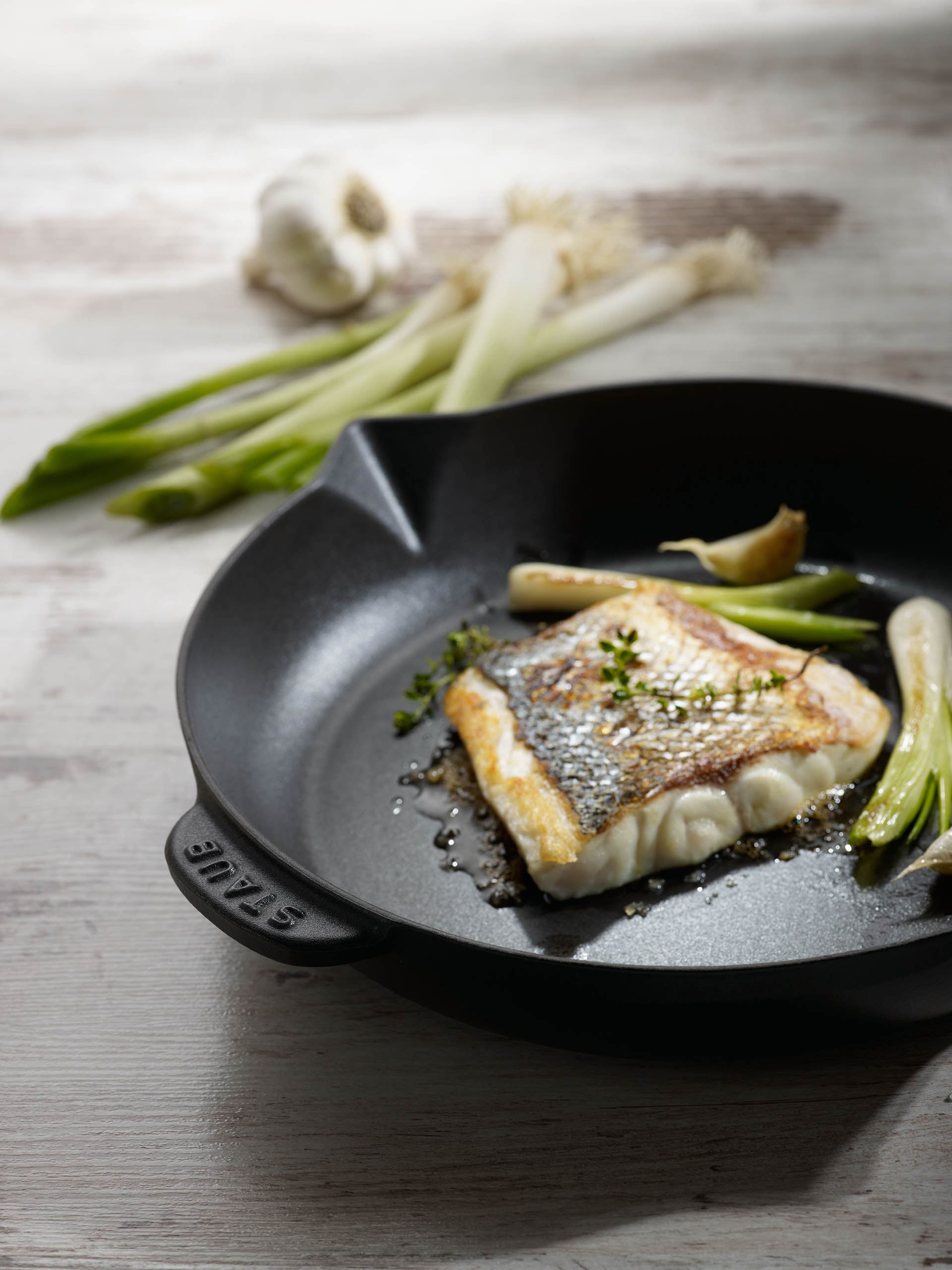
While the appearance of rust on your cast iron skillet can seem troubling, it is easily removed with a bit of elbow grease.
Skeppshults’ Torneport advocates using steel wool on tougher surface dirt and rust spots, which will get the surface looking like new again. You can also use fine sandpaper.
After removing the rust, give the skillet a good wash in hot, soapy water, and then reseason the surface.
How do you reseason a cast iron skillet?
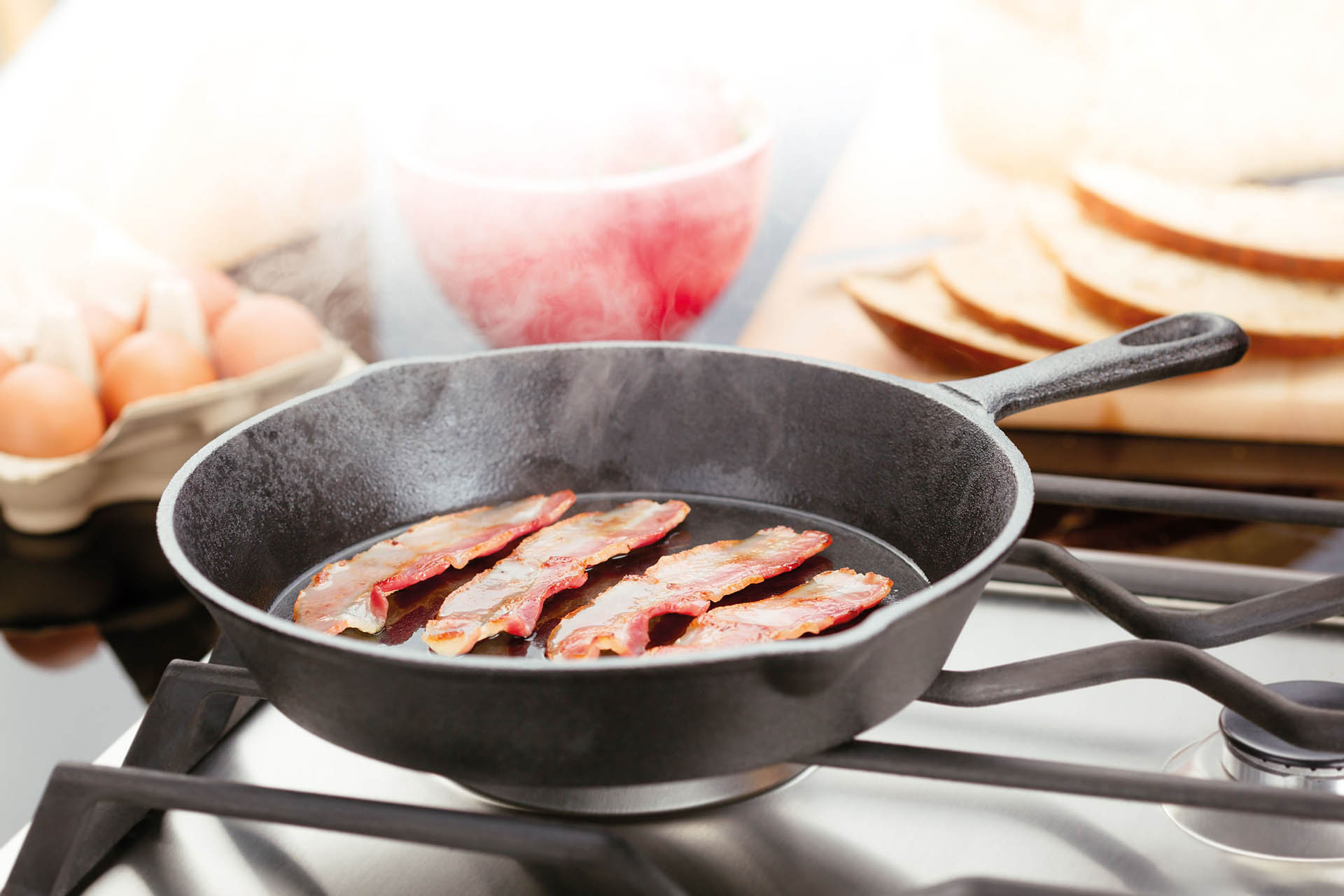
It’s important to reseason a cast iron skillet after a thorough cleaning, as it will protect the surface and ensure food doesn’t stick to it.
Seasoning is basically a baked-on layer of oil. The skillet should have a black, glossy finish, so if this is looking worn or grey then you need to reseason.
‘To reseason your cast iron skillet, just coat the pan with a thin layer of vegetable oil, heat in a hot oven at 400°F/220°C for at least 10 mins and leave to cool inside the oven,’ says Horwood's Robinson.
Daylesford's Devonshire recommends placing it upside down on the rack inside the oven, as it will help any excess oil to drip off onto a baking tray or piece of foil. He seasons his skillet for an hour in the oven.
You can also reseason a skillet on the hob top. Simply apply a light oil coating and heat the skillet for a couple of minutes. It will start smoking, and when this dies down it's ready. You may need to repeat the process if you are restoring the pan.
The choice of which oil to reason your skillet is also worth a thought. 'The oil doesn’t need to be fancy. Use what you have – such as vegetable, sunflower or groundnut,' says Devonshire.
However, traditional cast iron cookware manufacturer Netherton Foundry claims flax oil is the best to use for seasoning.
Can you ruin a cast iron pan?
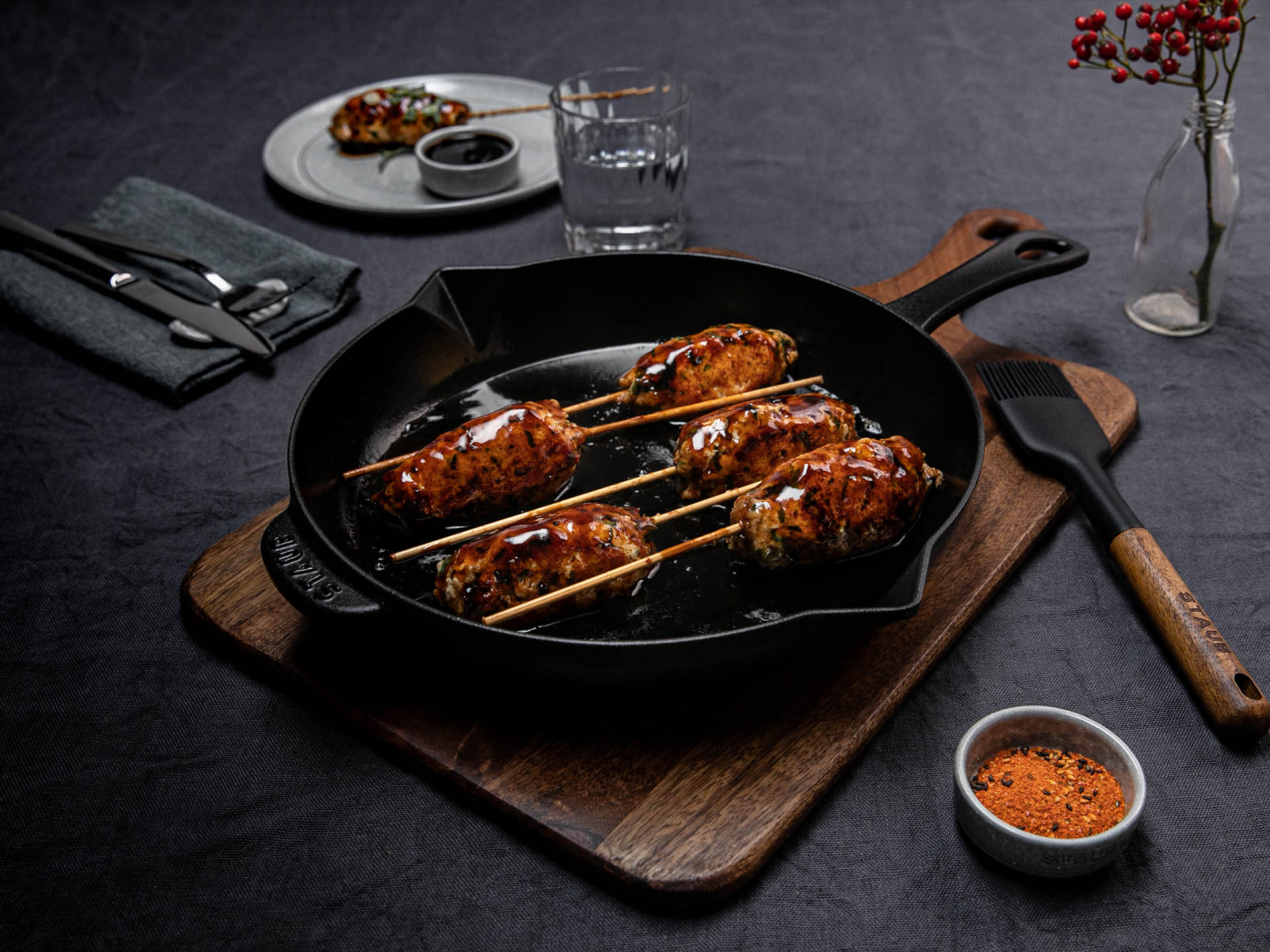
It’s difficult to permanently ruin a cast iron pan, as even if the surface becomes badly stained or rusty, it can be restored.
However, it is possible to cause a skillet to buckle by dropping a very hot pan into cold water. You should also take care to warm up gradually and use a hob ring the same size as the pan base, as an undersized ring could warp a large pan.
Also, putting a cast iron skillet in the dishwasher could damage the handle if made of wood or another material.
How to keep a cast iron skillet in good condition
As well as properly cleaning and reseasoning a cast iron skillet, there are other steps you can take to look after it, so it will serve you for years to come.
‘When cooking with a cast iron skillet, use plastic, wooden or silicone-coated tongs, spoons and spatulas rather than metal utensils,’ says Staub's Bough, who warns these utensils could damage the surface.
‘Also, avoid stacking cast iron skillets inside each other when storing, as this can chip the enamel.’
Sign up to the Homes & Gardens newsletter
Design expertise in your inbox – from inspiring decorating ideas and beautiful celebrity homes to practical gardening advice and shopping round-ups.

Melanie has worked in homes and gardens media for two decades. Having previously served as Editor on Period Living magazine, and worked on Homes & Gardens, Gardening Etc, Real Homes, and Homebuilding & Renovating, she is now focusing on her passion for gardening as a Senior Editor at Gardening Know How. As a keen home grower, Melanie has experimented with pretty much every type of vegetable at some point – with mixed results. Often it is the simplest things that elude you, which may explain why she just can't seem to master zucchinis.
-
 7 of the best tomatoes for growing in pots - expert growers pick their top varieties ideal for large harvests from containers
7 of the best tomatoes for growing in pots - expert growers pick their top varieties ideal for large harvests from containersYou can enjoy bumper homegrown harvests in small spaces
By Drew Swainston Published
-
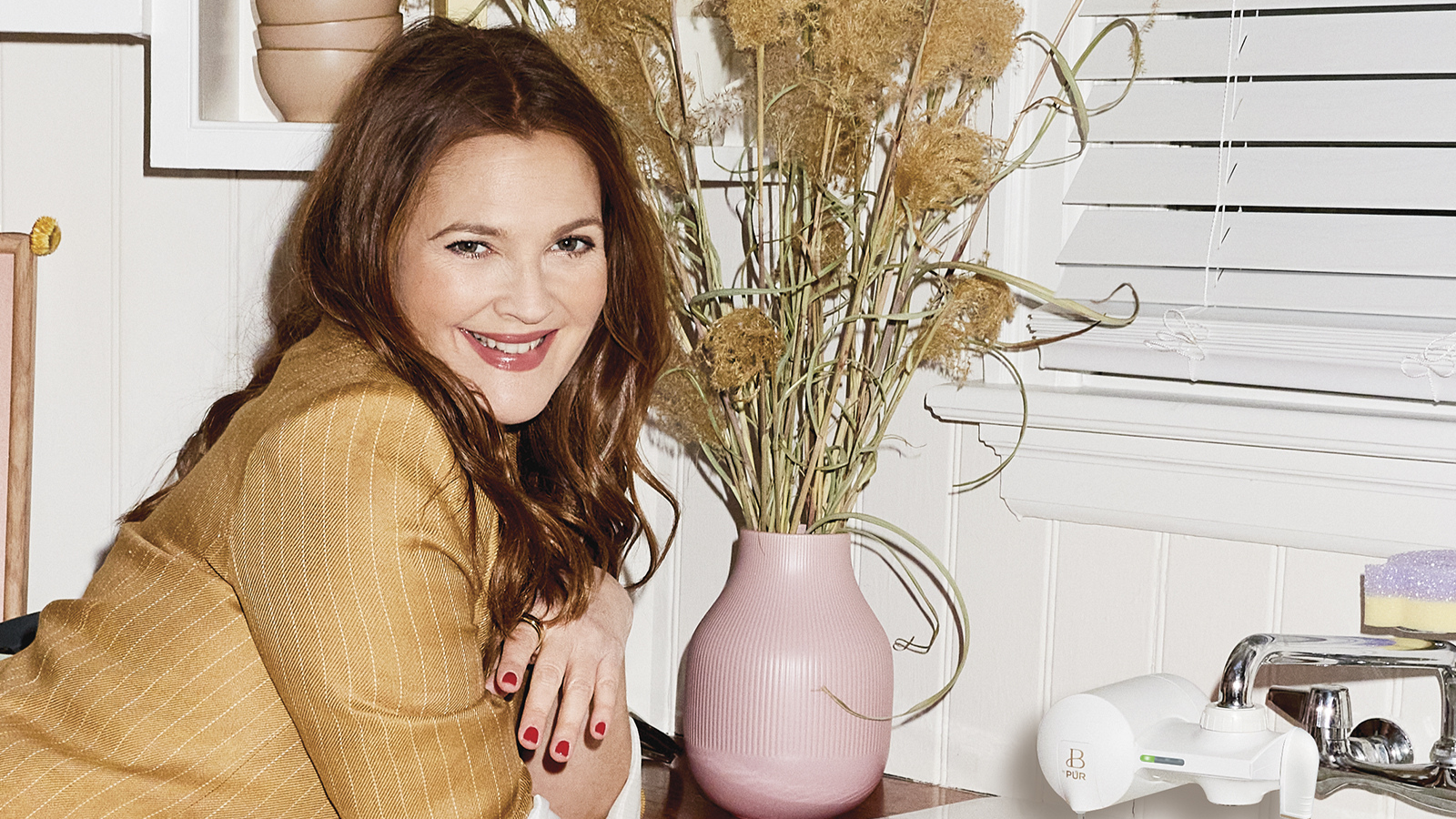 Drew Barrymore creates a 'balanced' kitchen in 4 easy steps – her rules will make your small, compact countertops feel beautiful
Drew Barrymore creates a 'balanced' kitchen in 4 easy steps – her rules will make your small, compact countertops feel beautifulDrew proves that with the right styling (and chic appliances), you can make even the smallest of kitchens look harmonious
By Hannah Ziegler Published
-
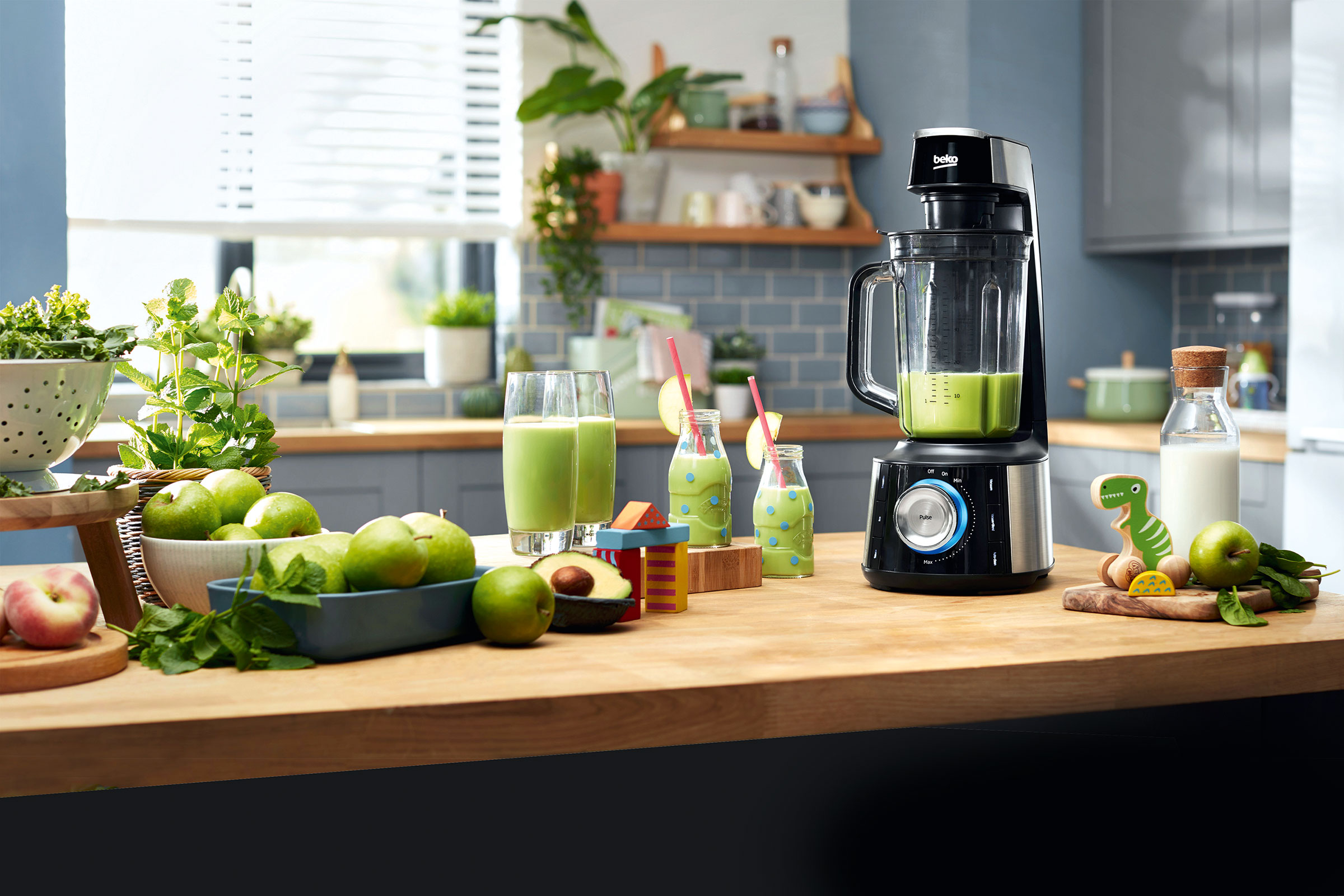 How to clean a blender – keep it hygienic and make it last
How to clean a blender – keep it hygienic and make it lastIt’s a hard-working kitchen appliance, so find out how to clean a blender with our guide
By Linda Clayton Published
-
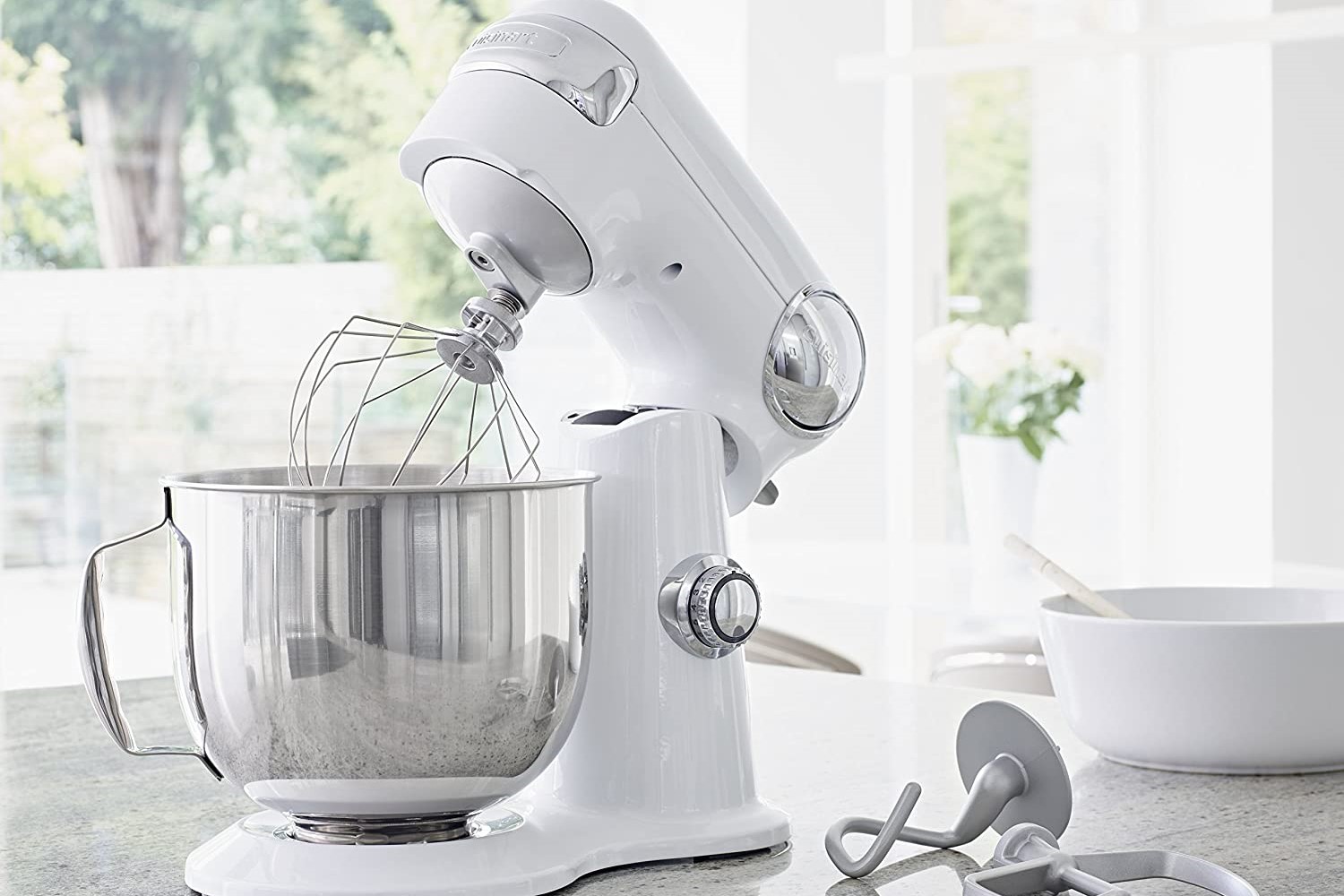 How to clean a stand mixer – 5 simple steps to streak-free shine
How to clean a stand mixer – 5 simple steps to streak-free shineWondering how to clean a stand mixer? We've condensed the process into 5 simple steps. Here is everything you need to know...
By Millie Fender Published
-
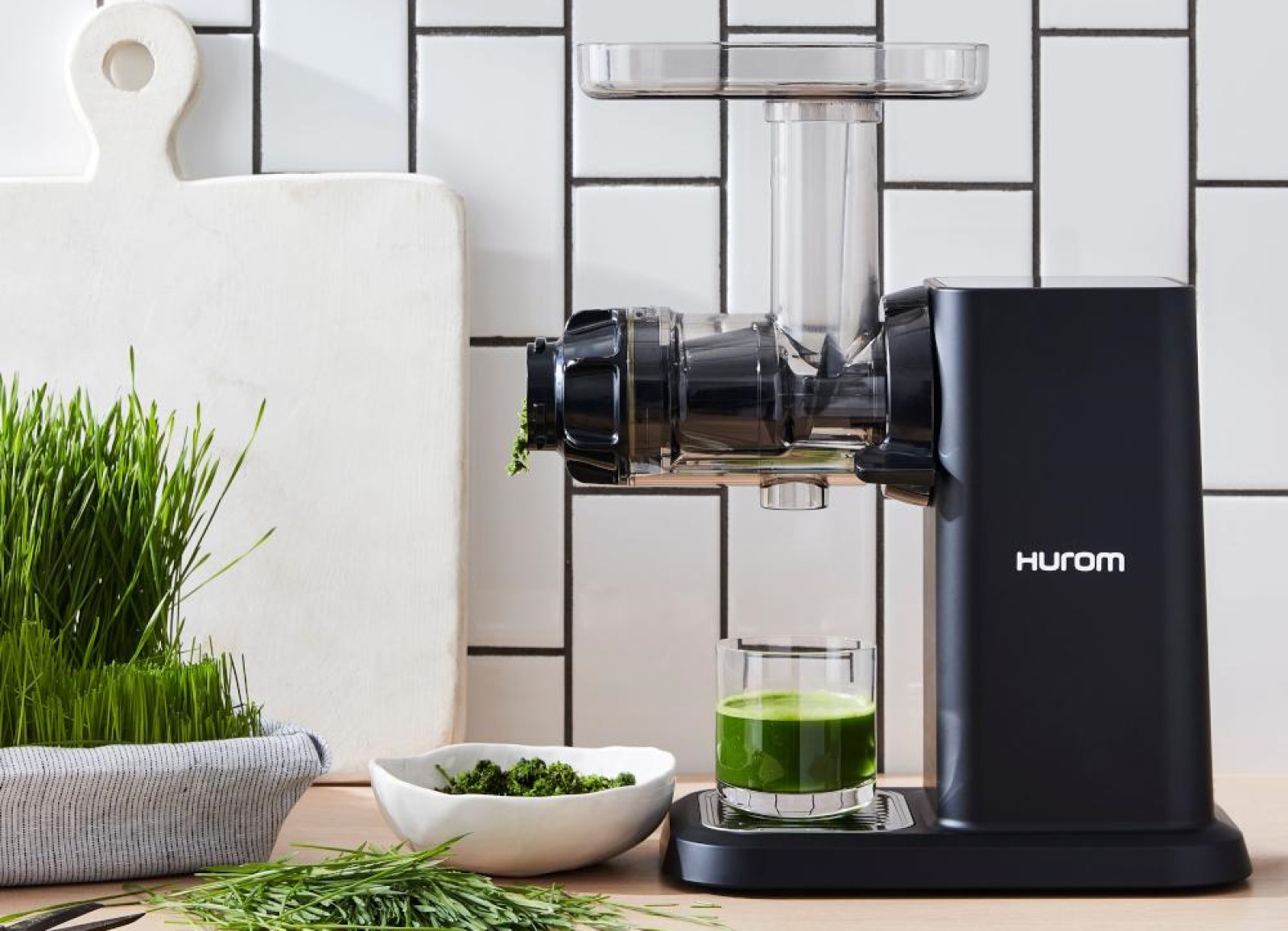 How to clean a juicer – 5 tips to make juicing clean and easy
How to clean a juicer – 5 tips to make juicing clean and easyIncluding advice for centrifugal and cold press juicers, here is how to clean a juicer
By Millie Fender Last updated
-
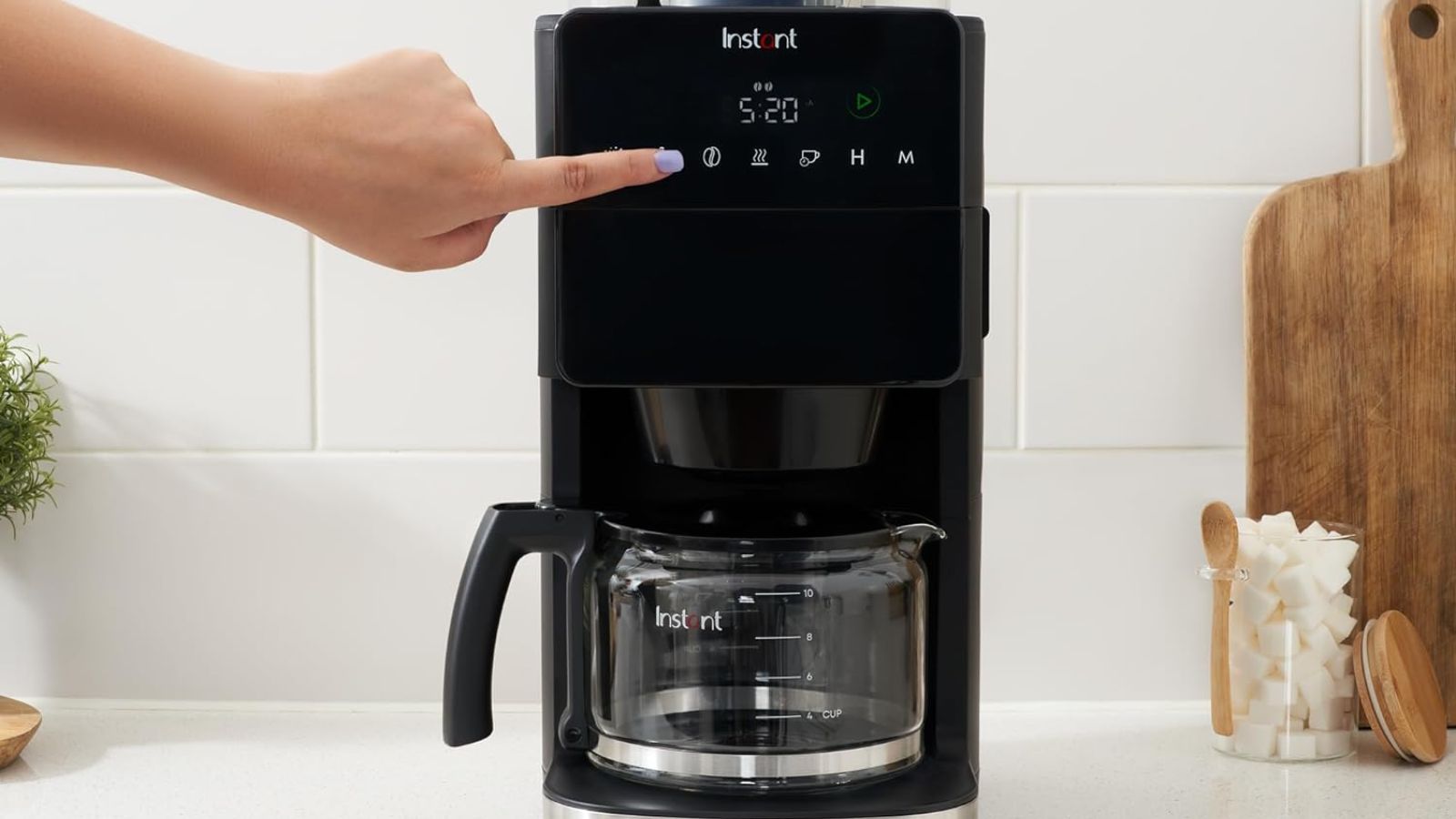 How to clean a coffee maker – and why you shouldn't use vinegar
How to clean a coffee maker – and why you shouldn't use vinegarThis is when and how to clean a coffee maker for the best-tasting brews, and why vinegar can damage your machine
By Ruth Doherty Last updated
-
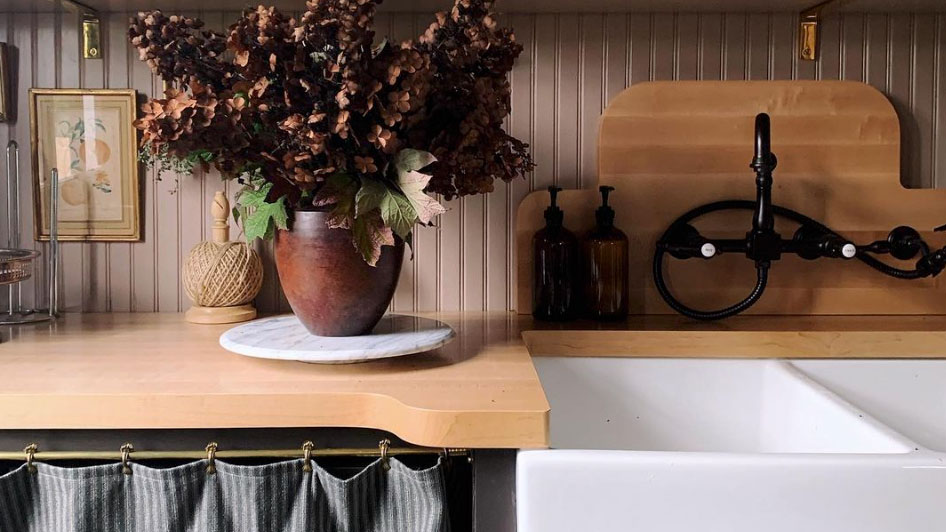 Using white vinegar in laundry – to deodorize and brighten clothes quickly
Using white vinegar in laundry – to deodorize and brighten clothes quicklyThinking of using white vinegar in laundry? This simple ingredient will leave you with soft, odorless clothes, instantly
By Megan Slack Published
-
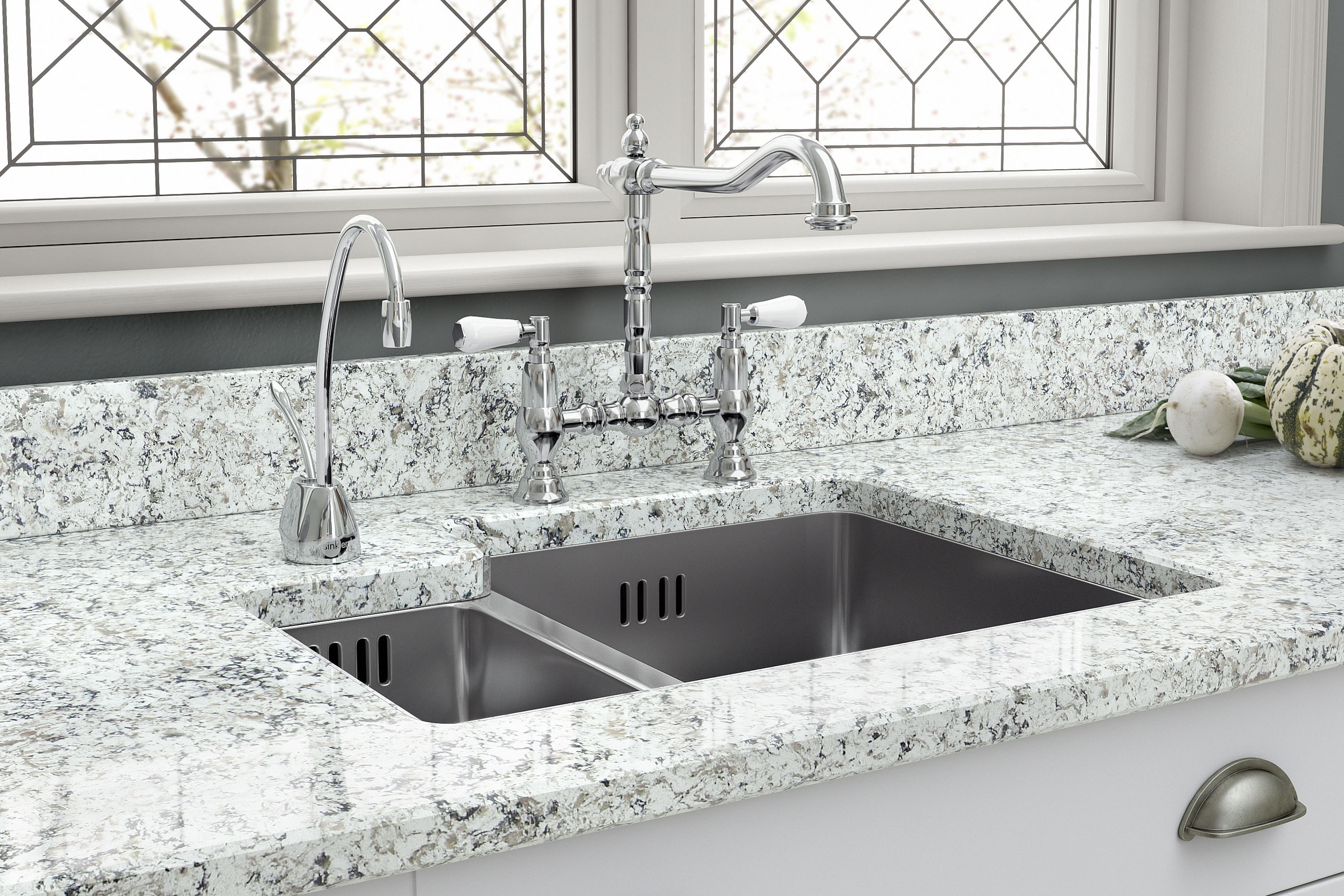 How to clean a stainless steel sink – 5 steps to a streak-free shine
How to clean a stainless steel sink – 5 steps to a streak-free shineDiscover how to clean a stainless steel sink so it sparkles like it’s brand new
By Sarah Warwick Published
-
 How to clean a microwave – easy ways to get it spotless with vinegar, lemon and more
How to clean a microwave – easy ways to get it spotless with vinegar, lemon and moreDiscover the experts’ advice on how to clean a microwave and rid it of debris, splashes, and lingering odors
By Sarah Warwick Last updated
-
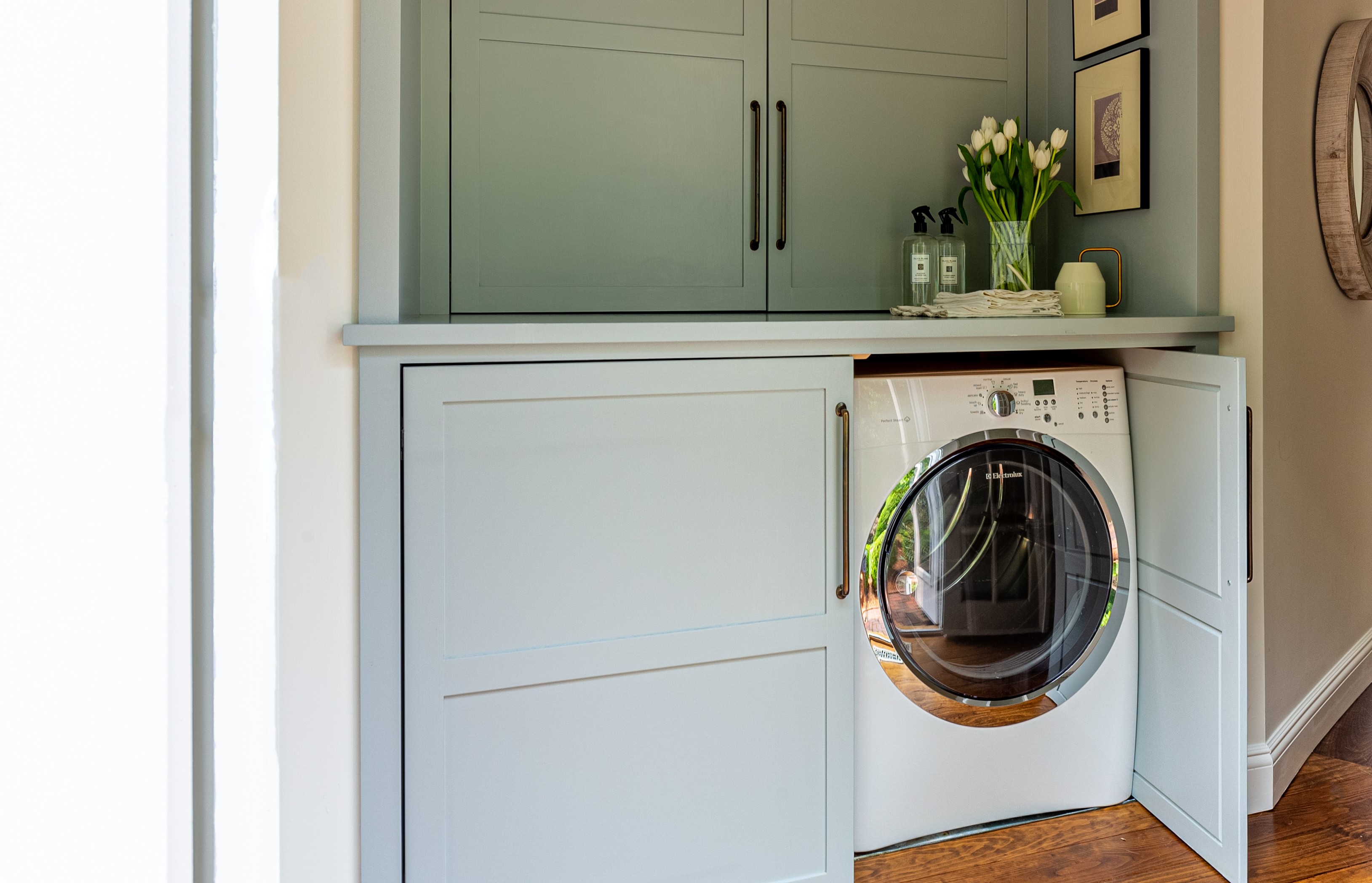 How to clean a washing machine – and maximize its lifespan
How to clean a washing machine – and maximize its lifespanLearning how to clean a washing machine will ensure it delivers its best results and lasts for longer, too
By Lucy Searle Last updated